

Saving the Scio Kolache
A local take on a Czech pastry is fading along with the community that birthed it.

Scio—pronounced “sigh-o”—is a village in Oregon about 70 miles south of Portland. Formerly home to a large immigrant community from Czechoslovakia, Scio’s historical culture practices are now half-remembered ghosts. The culinary impact of the Czech community is becoming equally forgotten, a fate local food advocate Linda Ziedrich battles by continuing to bake Scio kolaches.
A treat with roots across Eastern Europe, a kolache can take many forms. I grew up in Northeast Ohio, and the kolache I was familiar with was a Polish cookie: a sour-cream dough cut into squares and filled with jam, two corners pulled in to hug the filling. I first encountered a Texas-style kolache, a yeast bun wrapped around a savory sausage filling, at a trendy food pop up in Brooklyn, New York—although that version hails from the Czech communities around Austin. Scio kolaches (also spelled “kolaces”) are made from an enriched yeast dough loaded with eggs, butter, and sugar. The dough is formed into small rounds, each with a wide indentation in the middle, which is then filled with rehydrated dried apricots, prune jam, or a puree of poppy seeds boiled with milk. The results are colorful and inviting—bright orange or deep-purple piled atop a pillowy bun kissed with a toasty brown.

I visited Scio on a hazy August day; the main street was largely boarded up, the town center nearly silent. Linda and her husband lived on a farm in Scio for 23 years before retiring to their current home in a small development. After I knocked on the door, she led me to a country kitchen with sunlight streaming in the window. Linda is in her 60s, silver hair stopping at her shoulders. That day, she was dressed in denim, a practical pioneer and gardener. An early organizer of the Ark of Taste—Slow Food International’s encyclopedic website of rare and endangered foods—for the Pacific Northwest, she first added the Kirk-Howe walnut, a supremely sweet local walnut that is now out of commercial production and dangerously rare. She then turned her attention to the Scio kolache, a treat with particular significance to the history of Scio.
Founded in 1866, the village was named for Scio, Ohio, by settlers that came to the Oregon Territory from the Midwest in the mid-19th century. Czech families started arriving in 1888, peaking at 170 families in 1937. But over the past century, that robust Czech population has dwindled, as the children and grandchildren of those original immigrants have since passed away or moved. Few locals still cook Czech food, and Linda is credited with keeping the traditional kolache alive. “Making and eating kolache is a way of remembering the Scio Czechs and strengthening local identity and pride,” she said.
During my visit, Linda offered to teach me how to make this vanishing treat. When I arrived at her home, she’d already gotten out the ingredients in her sunny kitchen, and pulled out her recipe to review. It is a combination of what she’s gleaned from community-cookbook recipes and conversations with elders.
“There’s always individual variation,” she told me. “People can change the recipe, but this is generally the way it was done here.”

“This is just a really simple, sweet bread,” she added. We made two thick jams: one with dried apricots, rehydrated and pureed; the other, from homegrown poppy seeds cooked with milk, vanilla, and allspice. The most common filling, historically, was prune. “It’s easy to grow European plums here,” Linda said.
Growing poppy seeds used to be common in Scio as well; it’s a traditional Czech ingredient, but the government, worried about opium production, put a stop to large-scale production around the 1950s. “So then, you’d have to do it more on a household scale,” Linda said. She grows a Hungarian variety in her garden that is ideal for culinary uses. “The seeds are a little bit bigger and they’re bluer, and probably have better flavor. But, the pod is closed to the top. So the seeds don’t come out until you are ready to pick that pod and smash it and let the seeds out.”
While our buns rose, the smell of yeast mixed enticingly with the perfume of the fillings. As we shaped balls out of the springy dough, Linda told me that there’s two ways of tackling this step: cutting the rolled dough with a biscuit cutter or stretching it into ropes that get cut into pieces and formed into balls. She prefers the latter method, because there is no wasted dough.

Linda then instructed me to make a much larger hole than just a thumbprint in each ball. We filled the entire depression with a lake of bright-orange apricot or deep-purple poppy seed filling. Then, each kolache got a dusting of cinnamon sugar—but glaze and streusel were other popular toppings.
We made tea while we waited for the kolaches to bake; the soft, warm buns came out of the oven after 20 minutes. The dough was a bit dry and springy, the apricot tart, the poppy seed herbal.
Linda moved to Scio 30 years ago, during a time when Czech grandmothers still made kolaches for every community event and fundraiser, whipping up dozens around Easter and Christmas, and selling them out of one of the town’s ZCBJ lodges—Zapadni Ceska Bratrska Jednota, the Western Czechoslovakia Fraternal Association and community center.
Bill Martinak is a Scio resident of Czech descent who also serves on the board of directors at the ZCBJ hall in the town center. Bill’s family history is literally built into its walls: His grandfather and grand-uncle helped build the lodge in 1922, with their own hands and with lumber from their mill.
Bill remembers his grandmother Fannie, who emigrated from Czechoslovakia in the early 1900s, making the kolaches she would bring to the twice-monthly dances in the hall.

In our phone conversation, Bill told me there was no packaged food in Fannie’s kitchen. She made noodles from scratch for chicken or turkey soup, made with poultry raised on the family farm. She braised lamb and served it with potato dumplings stuffed with prunes. And for dessert, there was kolache, mostly poppy seed, but prune, apricot, or whatever else she had. “She made those both open face and then also like a croissant and with the filling inside,” Bill said.
The dances at the ZCBJ were crucial in fostering community and maintaining Czech traditions. Starla Becker, another board member, has lived in Scio all of her life. Although her family is not of Czech descent, she worked as a caregiver to the older Czech community as a teen in the 1970s. “They would tell me stories,” Starla told me over the phone. “That’s how I came to know about all the Czech culture.”
The Czech grandmothers painted a vivid description of the ZCBJ dances, the hall filled with polka music. “One lady told me, ‘We danced till our toes bled and then we’d tie rags around them and dance some more,’” Starla said.
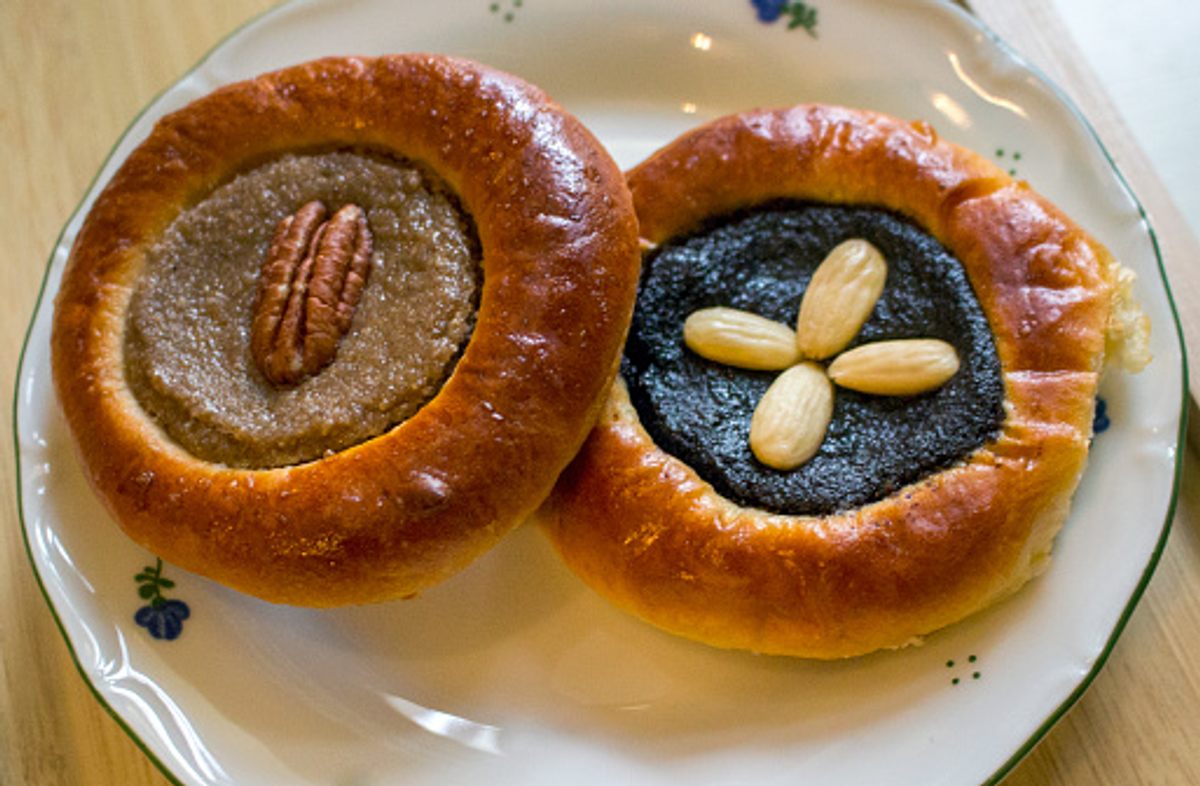
Bill and Starla now work together to preserve the hall, both physically and as a cultural hub for the community. “I’m a very sentimental person who thinks history matters, I guess,” Starla said. “But it’s that feeling of community when you’re inside those walls, you’re in there with people, celebrating … you kind of forget about everything else but what’s going on inside there.”
One of the ways Bill and Starla celebrate the Czech history of Scio is by bringing in chefs Karel and Monika Vitek of Tábor Czech Food in Portland for an annual fundraiser. “He makes all the traditional dishes that we all knew back when I was growing up,” Bill told me. Last year’s menu included chicken paprikash, potato dumplings, pork roast, sauerkraut, and Czech beer.
Starla remembers the ZCBJ selling kolaches regularly until the 1970s, but only on special occasions after that. When they would pop up at events in the ’90s and early 2000s, they would sell out immediately, the whole community making a special point to come buy them.
But although the community still wants to eat kolaches, there are very few people who still actually bake them. When Linda and an older community member, Pat, taught a free class about how to make the kolaches, most of the students felt the recipe was too fussy, the yeast dough “just too difficult,” Linda said. Linda and Pat started baking the kolache for fairs and gatherings. But Pat is getting older, and for the last community fair, Linda didn’t make kolaches.
“Nobody did, and nobody said anything,” Linda lamented. Now, she usually makes kolache around Christmas for her family, but that’s about it. Like with the nearly lost Kirk-Howe walnut, Linda said she’s watching another piece of the local culinary culture disappear. “I’m afraid we’re going to lose the kolache, too.”

Before I left Scio, Linda called one of her friends to unlock the ZCBJ hall. We headed to the dusty main street, shimmering in the heat, and stepped inside the darkened, cool historical building. As we walked around the well-worn dance floor, it was easy to imagine polka reverberating into the rafters that Bill’s family milled and placed. I could almost hear the resonant thumping of shoes being danced to pieces; the laughter as community members stopped to breathe, and to nibble on a kolache.
“They’re sentimental to people,” Starla told me later about Scio’s significant pastries. “They just represent all those beautiful old hands and stories and people that worked so hard and cared so much about living here.”
Sarah Lohman is a food historian and author. Her latest book, Endangered Eating: America’s Vanishing Foods is a New York Times Editors’ Choice, and has been nominated for the Nach Waxman Prize for Food and Beverage Scholarship. Lohman has lectured across the country, from the Smithsonian Museum of American History in Washington, D.C., to The Culinary Historians of Southern California. She is based in Las Vegas.
Poppy-Seed Filling
From Linda Ziedrich's blog, "A Gardener's Table"
Ingredients
- 1 cup boiling water
- 1 cup poppy seeds (see Note)
- ¾ cup milk
- 3 tablespoons sugar
- 3 tablespoons honey
- ½ teaspoon ground allspice
- ½ teaspoon ground cinnamon
- 1 teaspoon vanilla or almond extract
Instructions
-
Pour the boiling water over the poppy seeds, and let them sit overnight.
- In the morning, pour off the water through a fine-mesh strainer. Grind the poppy seeds in a blender (I use a Vitamix) with the milk and sugar. Transfer the mixture to a small saucepan, and cook the mixture over low heat, stirring constantly, until it is thick, a few minutes. Stir in the honey, spices, and vanilla, and remove the pan from the heat.
Notes and Tips
Hand-cranked metal grinders for poppy seeds are widely available in Europe but harder to find in the United States. Some people manage with an electric coffee grinder or a mortar and pestle. I’ve had best results by soaking the seeds overnight and then grinding them in a powerful blender.
Scio Kolaches
From Linda Ziedrich's blog, "A Gardener's Table"
- Makes about 40 kolaches
Ingredients
- ¼ cup lukewarm water
- 4 teaspoons dry yeast
- 1 teaspoon plus ½ cup sugar
- 2 cups lukewarm whole milk
- 14 tablespoons (1 ¾ sticks) unsalted butter, melted and cooled
- 4 eggs, beaten
- 1 ½ teaspoons salt
- 1 teaspoon vanilla extract
- About 8 cups all-purpose flour (about 2 ½ pounds)
- About 1 cup jam (preferably prune or apricot, without much added sugar) or poppy-seed filling
- Cinnamon sugar
Instructions
-
Pour the water into a large bowl, and sprinkle the yeast over. Stir in 1 teaspoon sugar, and wait a minute or more for the mixture to bubble.
-
Add the milk, the remaining sugar, all but 2 tablespoons of the melted butter, the eggs, the salt, and the vanilla. Stir in enough flour to make a ball that pulls away from the side of the bowl.
-
Turn the dough out onto a floured surface, and knead the dough for several minutes, working in more flour as necessary, until the dough is smooth and only slightly sticky.
-
Place the dough in a greased bowl. Cover the bowl, and set it in a warm place until the dough has nearly doubled in bulk and fails to spring back when poked with a finger.
-
Punch down the dough, and form it into two long ropes. Cut each rope into 20 equal pieces, and roll them into balls. Place the balls on greased baking pans to rise.
-
Heat the oven to 400 degrees F.
-
When the kolaches have nearly doubled in bulk, brush them with the remaining butter (you may need to reheat it first). Hollow out the center of each kolache with your fingers, leaving a border of no more than ½ inch. Fill each center with about 2 teaspoons of poppy-seed filling or jam, and sprinkle the kolache with cinnamon sugar.
- Put the pans into the oven, and immediately reduce the temperature to 375 degrees F. Bake the kolaches for about 18 minutes, rotating the pans about halfway through the cooking, until they are lightly browned.
Notes and Tips
Remember, there is no single recipe for kolace; cooks have always improvised a bit. Possible additions include grated lemon peel and mace or nutmeg in the dough, and a sugar glaze, powdered sugar, or streusel on top of the buns.
Gastro Obscura covers the world’s most wondrous food and drink.
Sign up for our regular newsletter.



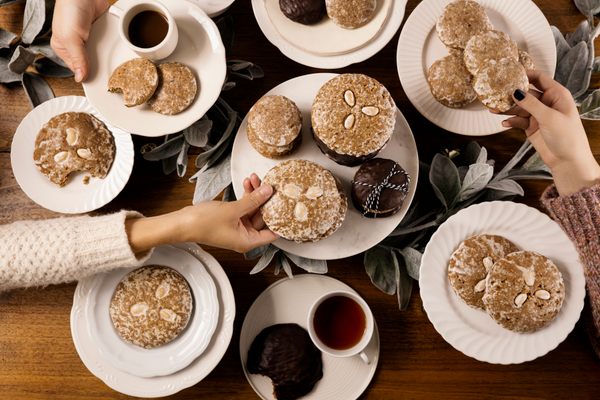
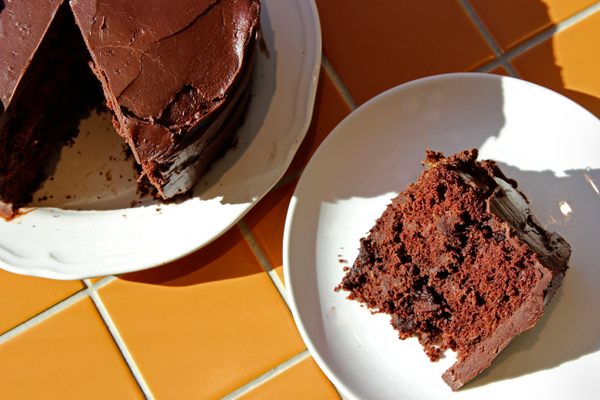
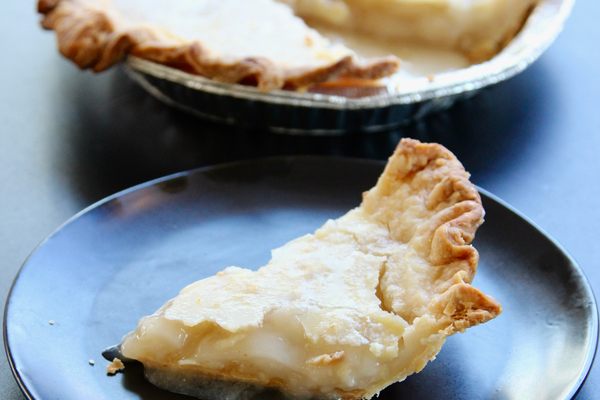












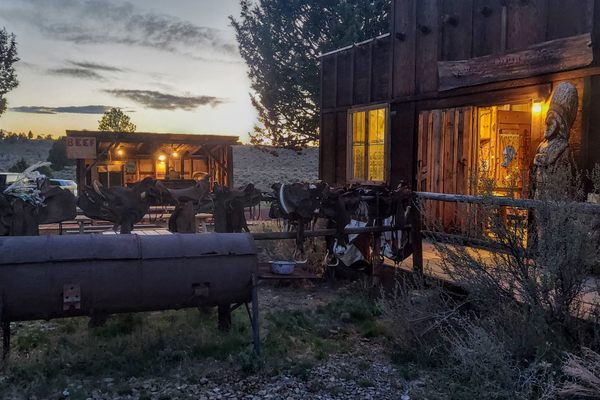


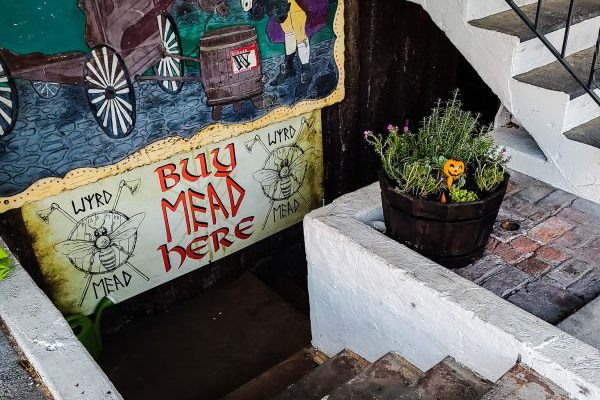


Follow us on Twitter to get the latest on the world's hidden wonders.
Like us on Facebook to get the latest on the world's hidden wonders.
Follow us on Twitter Like us on Facebook